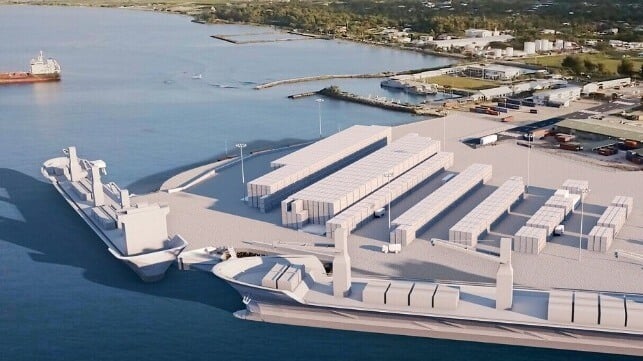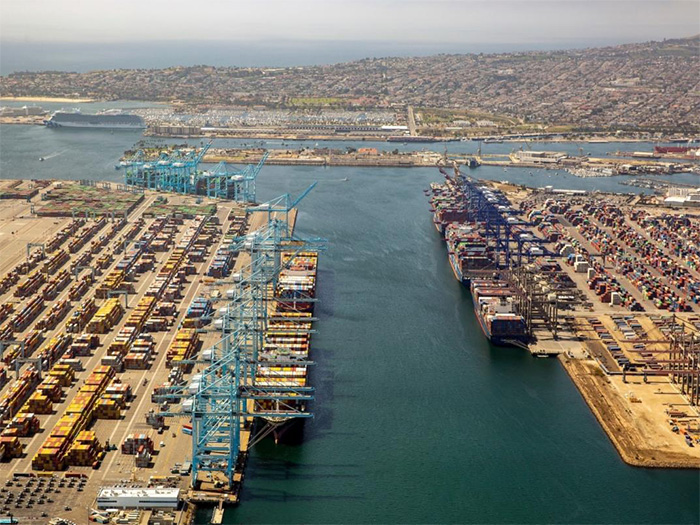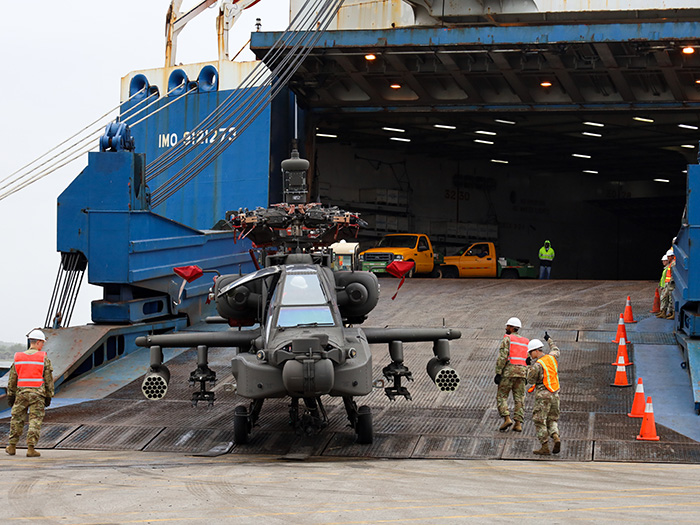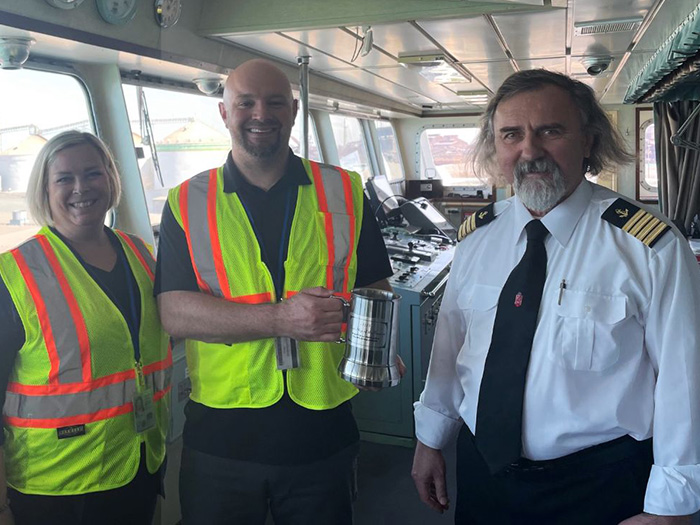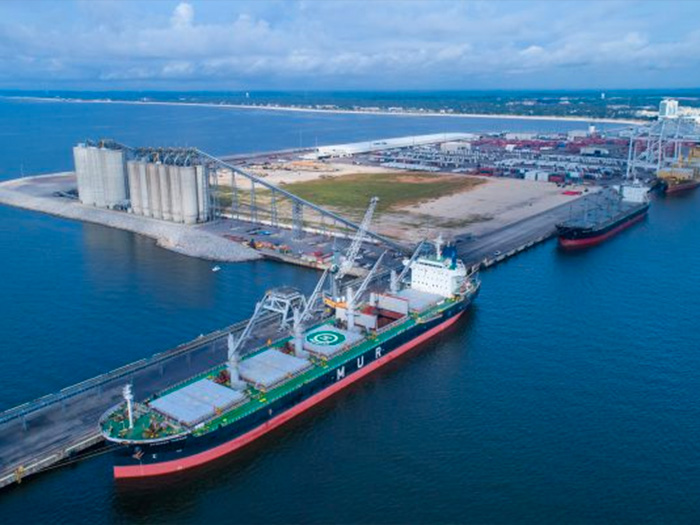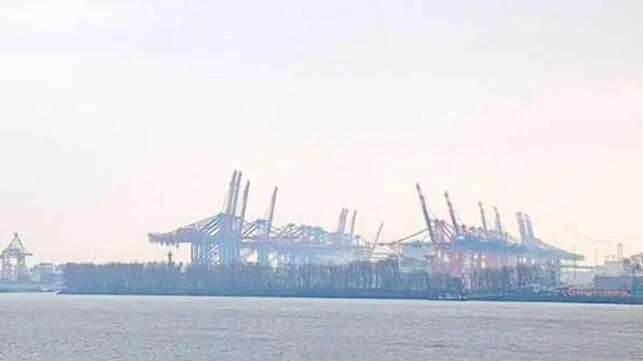
 .
.
In the last few days media have reported about bottlenecks in the supply of empty containers. Generally, these referred to the Container Availability Index (CAx) published by the firm xChange. Since the supply of empty containers is crucial for port customers in trade, industry, and transportation, Port of Hamburg Marketing (HHM) conducted a flash poll this week asking shipping lines about the current situation. The results will be of interest to consigners, since the poll showed that shipping lines see no appreciable scarcity of equipment in the Port of Hamburg or the German seaports. Furthermore, they are not expecting any shortages to arise.
The shipping lines mentioned several factors that provide for a stable supply of empty equipment. Most shipping companies plan their disposition of empty boxes about 3 – 4 weeks in advance. Generally, they take advantage of markets with an oversupply, such as the USA, Great Britain, and Israel, as the source for empty containers in Hamburg or other Northern European ports. Direct shipping of empties from China is rare and has not been necessary recently. Axel Mattern, CEO of Port of Hamburg Marketing (HHM), said: “With the recovery of the Chinese economy, which is already making itself noticeable, shipping, cargo handling, and seaport-hinterland transport in China will be heading back toward normal operations. In view of a slowing economy in Europe, we do not expect to see shortages in the supply of empty containers in Hamburg or the hinterland.”
HHM’s director pointed out that individual shipping lines might run into temporary bottlenecks in supply if short-term imbalances between the flows of import and export container shipping occur. Scarcity can thus occasionally result from fluctuating supply and demand in inland areas. The depots in the hinterland play an important role in supplying the market with empty equipment for shippers in the various regions.
According to Mattern, seaborne foreign trade on the whole can count on the situation easing as soon as shipping between Asia and Europe returns to normal and the demand for export containers declines in connection with the changing economic condition
The Port of Hamburg (German: Hamburger Hafen) is a sea port on the river Elbe in Hamburg, Germany, 110 kilometres from its mouth on the North Sea.
It’s Germany’s largest port and is named the country’s “Gateway to the World” (Tor zur Welt). In terms of TEU throughput, Hamburg is the third-busiest port in Europe (after Rotterdam and Antwerp) and 15th-largest worldwide. In 2014, 9.73 million TEUs (20-foot standard container equivalents) were handled in Hamburg.[4]
The port covers an area of 73.99 km² (64.80 km² usable), of which 43.31 km² (34.12 km²) are land areas. The location is naturally advantaged by a branching Elbe, creating an ideal place for a port complex with warehousing and transshipment facilities. The extensive free port was established when Hamburg joined the German Customs Union. It enabled duty-free storing of imported goods and also importing of materials which were processed, re-packaged, used in manufacturing and then re-exported without incurring customs duties. The free port was abandoned in 2013
press – release





